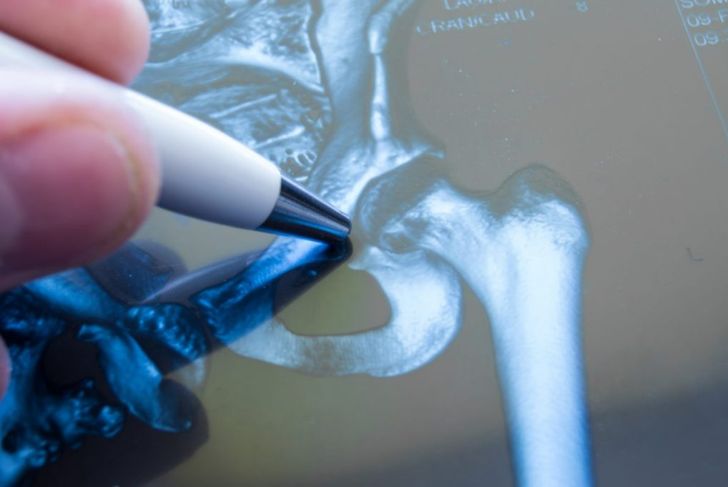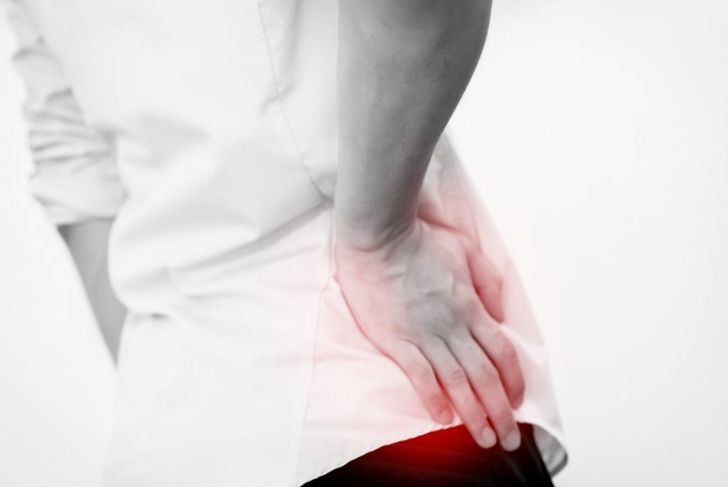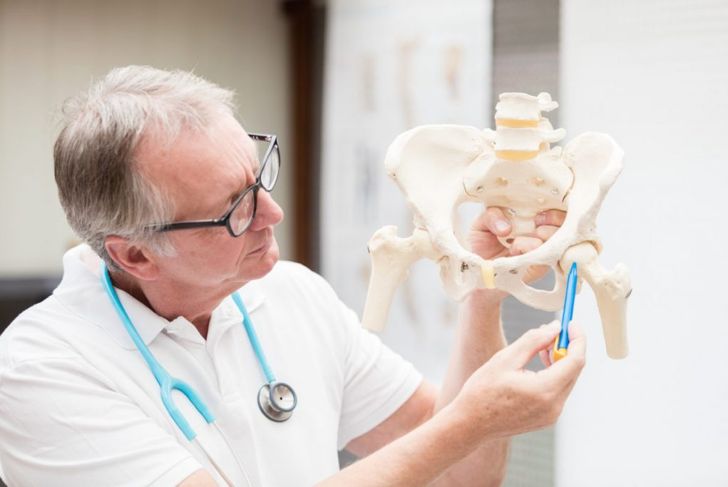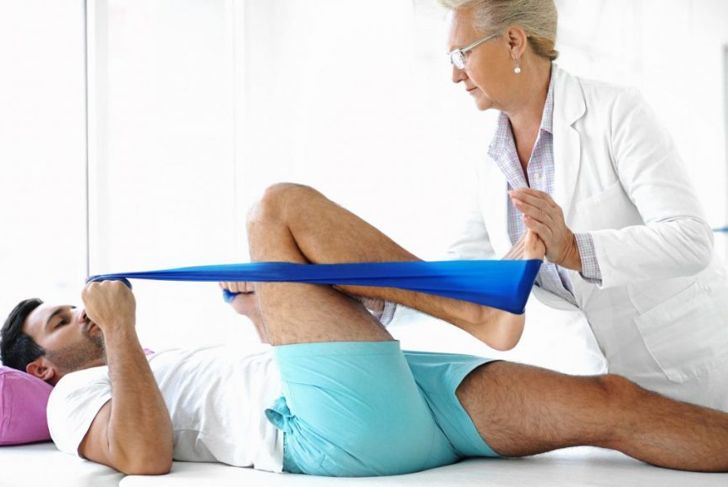Femoroacetabular impingement—otherwise known as hip impingement—affects approximately one-third of the population. Because it is often asymptomatic in the early stages, it tends to go undiagnosed for many years. More common in young athletes, hip impingement is also associated with osteoarthritis; that is, individuals with the condition have a greater risk of developing arthritis over time. While there is currently no cure, appropriate treatment can effectively manage the symptoms of femoroacetabular impingement.
What is Femoroacetabular Impingement?
In people with femoroacetabular impingement, the femoral head of the hip does not have a full range of motion (often because there is too much bone around the head) within the acetabular socket. Over time, frequent rubbing can injure the labral or articular cartilage. As degeneration progresses, there is an increased risk of osteoarthritis.
How Many Types of Femoroacetabular Impingement are there?
There are two different types of femoroacetabular impingement: CAM and Pincer. Most common among young male athletes, CAM occurs when the acetabulum socket is in contact with an abnormally large femoral head; this often leads to tears in the labral cartilage. In contrast, the Pincer type is characterized by extra bone that extends over the rim of the acetabulum; this type is more common among middle-aged women.
Who is at the Greatest Risk of Femoroacetabular Impingement?
The syndrome is most common among young, athletic individuals. Genetics appear to play a role, and as such, those with a family history of femoroacetabular impingement have a higher risk of developing the disease. That said, the condition can present itself at any time, though it typically manifests between the teen years and middle age.
What Causes Femoroacetabular Impingement?
Femoroacetabular impingement can be congenital (inherited from parents) or acquired. It can also result from a combination of environmental and genetic factors. According to some researchers, significant athletic activity increases the risk of impingement—especially if the bones are not yet mature. In particular, contact sports such as hockey and football may worsen the condition.
What are the Symptoms of Femoroacetabular Impingement?
Hip impingement generally has no symptoms in the early stages; for this reason, many individuals are unaware that they have the condition. Generally, it takes many years for pain and stiffness to manifest; when it does, the person often feels the pain in front of the thigh or the groin area; some people may also experience difficulty flexing their hip beyond 90 degrees. For the most part, pain increases after prolonged sitting, walking, or running.
How do Doctors Diagnose Femoroacetabular Impingement?
The process typically begins with a physical examination. More specifically, a trained physician will test the range of motion of the patient’s hip; the use of x-rays, CT, and MRI scans can help confirm speculated cases. Because femoroacetabular impingement may be a symptom of other conditions such as Coxa Vera and Legg-Calve-Perthes Disease, proper diagnosis is key.
How Does Femoroacetabular Impingement Relate to Osteoarthritis?
When the femoral head and hip socket do not fit together properly, there is mechanical friction on the articular cartilage. Ultimately, this degeneration of cartilage leads to hip osteoarthritis; in fact, the loss of articular cartilage is one of the defining characteristics of hip osteoarthritis. Not everyone with femoroacetabular impingement will develop arthritis, however, they only have an increased risk of developing the disease.
How do Doctors Treat Femoroacetabular Impingement?
Non-steroidal anti-inflammatories (NSAIDs) are effective at reducing pain and inflammation; certain exercises can also improve range of motion in the hips. Given that the cartilage is still intact, there is also the option of reshaping the socket or femoral head with a surgery called osteoplasty or debridement. The inpatient procedure, which takes about 75 minutes, helps reduce abnormal rubbing by improving the fit of the joints. Ideal for young, active patients, osteoplasty greatly reduces pain and increases the range of motion. Unfortunately, those with existing hip arthritis are not candidates for the surgery.
Do Patients Require Physical Therapy After Surgery?
Following the surgery, patients should not flex their hip beyond 90 degrees, as this can hinder the healing process. Nonetheless, early ambulation is important as it helps accelerate recovery. Upon returning home, individuals should start home therapy as directed by their physicians. Most will need to return to the hospital in six weeks’ time to participate in outpatient therapy.
What is the Prognosis of Femoroacetabular Impingement?
There is no cure for hip impingement. Surgery can effectively reduce symptoms, but it is impossible to reverse all damage completely, especially in cases of delayed treatment. Depending on the individual, there is also the possibility that more issues will develop with the joint in the future. In the end, the goal of surgery is to delay the need for a total hip replacement for as many years as possible.

 Home
Home Health
Health Diet & Nutrition
Diet & Nutrition Living Well
Living Well More
More




















